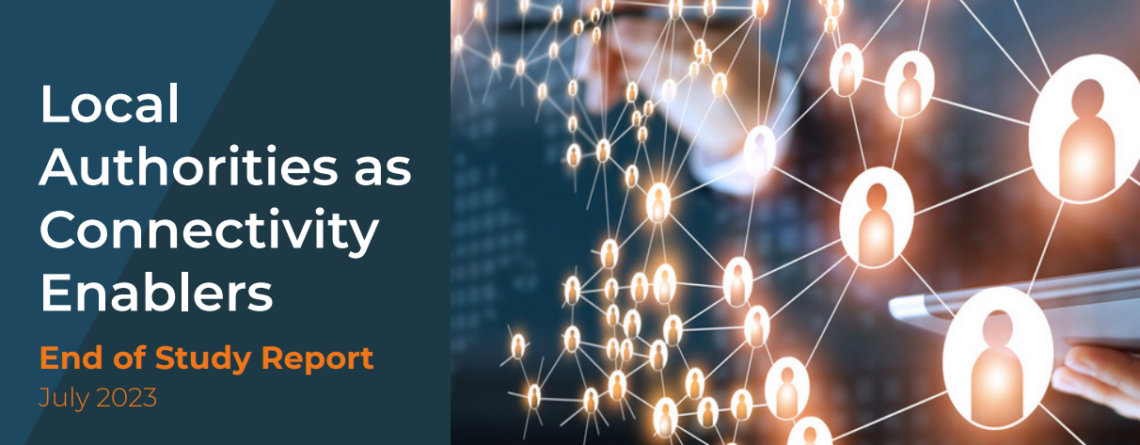DCF Report: Local Authorities as Connectivity Enablers
The UK’s rollout of gigabit-capable broadband and 5G connectivity would benefit from improvements in communication, collaboration and consistency between local authorities and the telecoms industry, according to a new report published today.
The latest report for the Digital Connectivity Forum (DCF), the leading advisory body to the UK Government on connectivity, by the consultancy FarrPoint, looks at the role of local authorities as enablers of digital connectivity.
The report was the output of interviews with 31 organisations involved in the provision of digital connectivity, including local authorities, fixed and mobile network operators, central and devolved governments, and other regulatory and policy stakeholders.
The analysis finds that improvement is needed in the areas of communication, collaboration and consistency. Contributions to the report indicated that more can be done to improve communication on all sides and that inconsistency is seen across local authorities in terms of their approach to the deployment of digital infrastructure.
The report makes a number of recommendations for policy makers and the industry itself across four areas: communications and engagement; planning; street and roadworks; and local authorities as landlords and site providers. Key recommendations include that:
- Government should consider requiring local authorities to have a digital champion, with the role both better defined and funded;
- Local authorities should embrace flexible permitting and that those who are able to should take part in further flexi-permit trials;
- Government should review planning processes in relation to pre-planning guidance and analyse fees being applied by planning authorities to ensure that digital infrastructure deployment is not held back;
- Government should undertake a communications programme targeted at local authorities across the UK to ensure that they better understand the full benefits of 5G and gigabit-capable broadband;
- Local authorities and telecoms operators should work closely together to better educate planning authorities on the technical requirements of 5G and gigabit-capable broadband infrastructure.
The report’s recommendations, if fully implemented, would address many of the remaining obstacles local authorities are experiencing with the deployment of digital connectivity.
The full report can be read here.
Alex Mather, Head of the Digital Connectivity Forum said:
“Much positive work has taken place, particularly in the terms of legislative changes, over recent years to reduce barriers to the deployment of high-speed fixed and mobile connectivity. This has resulted in real benefits to UK economy and society, with over 70% of homes across the UK having access to gigabit-capable broadband.
“However, as this report highlights, challenges remain at a local level especially regarding poor communications and collaboration between local authorities and network builders. This is resulting in high levels of variation between local authority areas in terms of their rollout of both fixed and mobile digital infrastructure.”
Steve Smith, Principal Consultant at FarrPoint, said:
“During this study, we spoke to over 26 different local authorities and related organisations from all parts of the UK who are all active in supporting the rollout of digital infrastructure. While conducting these interviews, we noted a number of great digital initiatives and also identified where there are still a few improvements to be made.
“As part of the study recommendations, we highlight that local authorities need to be empowered through more consistent, centralised policies and legislation in order to help them accelerate the connectivity infrastructure rollout and champion innovation. Communication between local authorities, central government and telecom operators is the key component to success, so we would like to see industry and local government openly sharing best practices and simply talking to each other more.”




